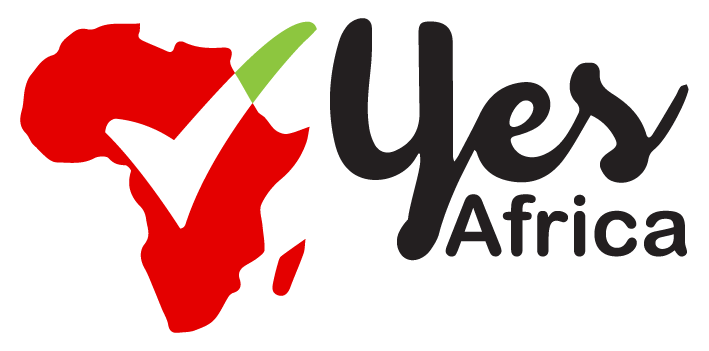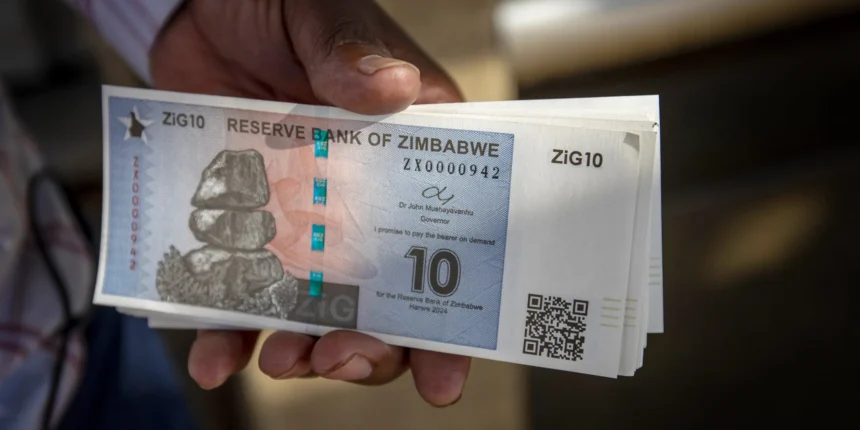The bank of Zimbabwe has left the lending rate at 35% as part of its strategy to tame inflation in the country. The Monetary Policy Committee of the bank had a meeting yesterday and announced that the rate will be left unchanged at 35%.
This decision comes on the back of lingering economic crisis that have plagued Zimbabwe fro many years. Since Emmerson Mmgagwa took office, the country has been trying to recover from hyper-inflation, a worthless currency and heavy sanctions imposed under late Robert Mugabe.
To tackle its currency issues, it launched the Zimbabwe Gold. The ZiG was Zimbabwe’s sixth attempt at reviving its currency after many years of devaluation.
In September, the central bank allowed the country’s ZiG to fall over 40% and raised its interest rate to 35%.
- Advertisement -
The devaluation caused a sharp rise in inflation in October, as prices rose by 37.2% month-on-month in local currency terms. November’s month-on-month inflation rate slowed to 11.7%.
With inflation rising at a slow pace of 11.7%, the bank of Zimbabwe has decided to retain the rate at 35% with the hope that inflation will drop even further.
However, there is a major concern that the improvement could be stalled by the current drought sweeping through Southern Africa. This drought has already affected food production capacity in South Africa leading to a shock decline in the country’s growth projection.
Therefore, for Zimbabwe to sustain the tempo, it must put measured in place that will shield the agricultural sector from the aftermath of the drought.










